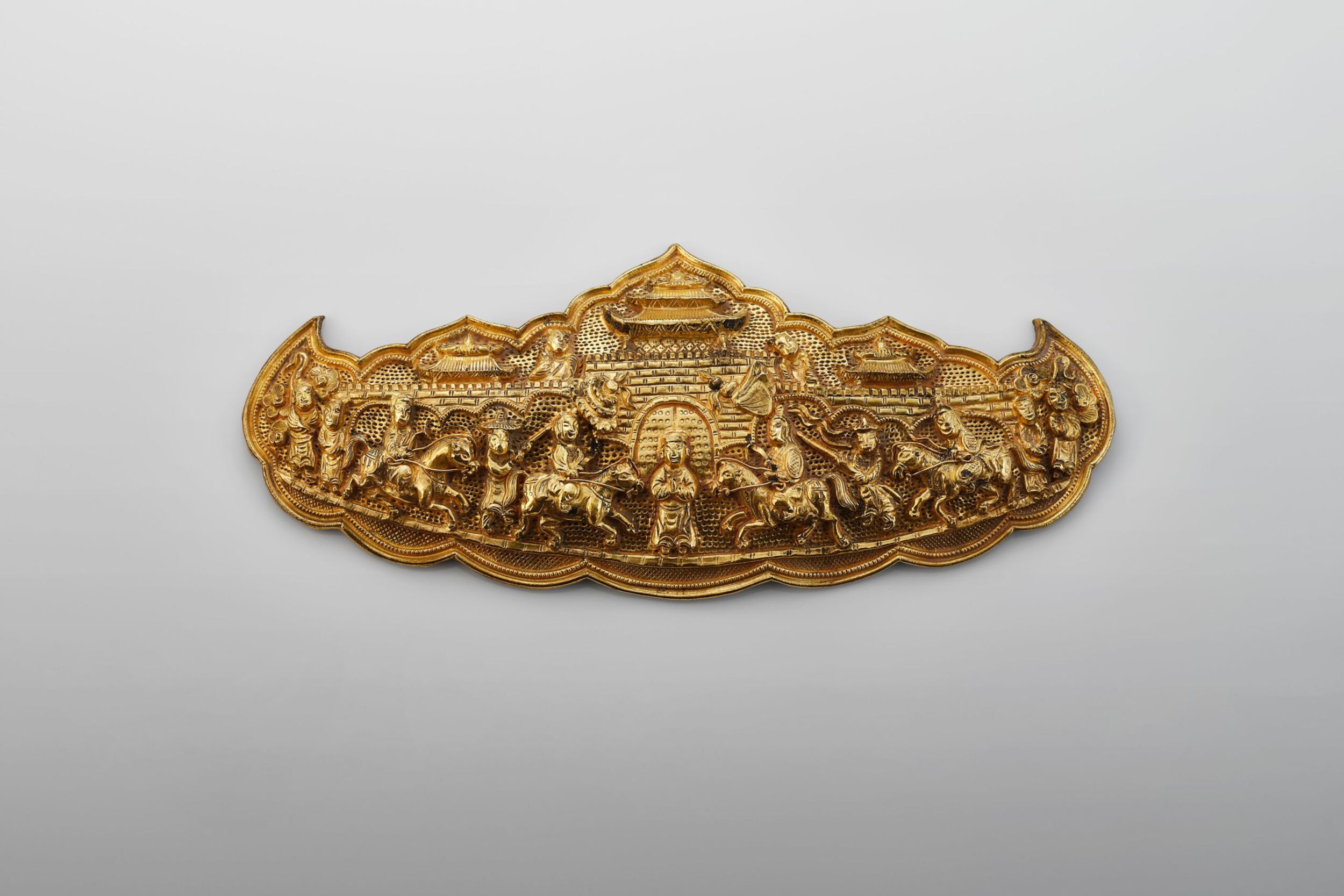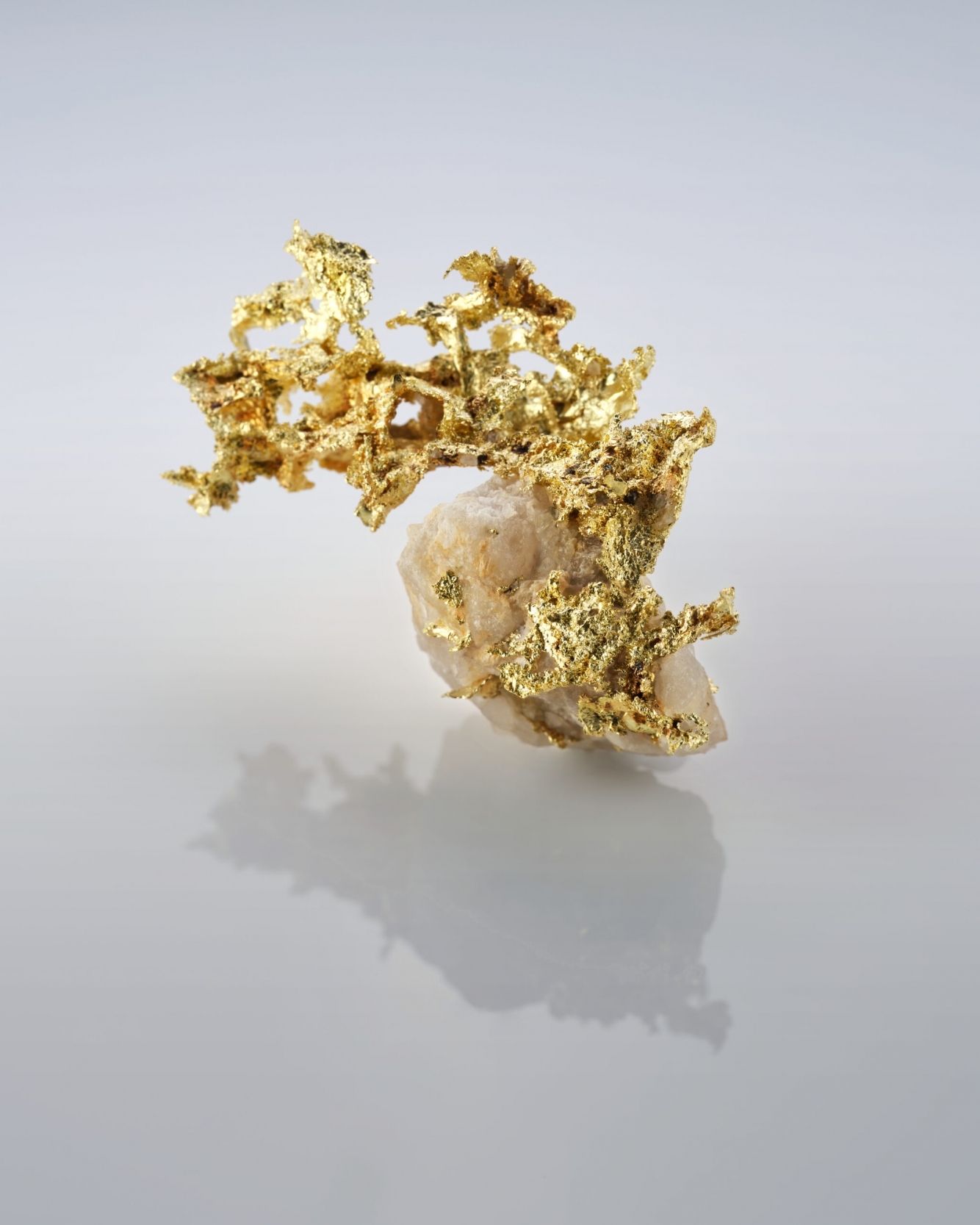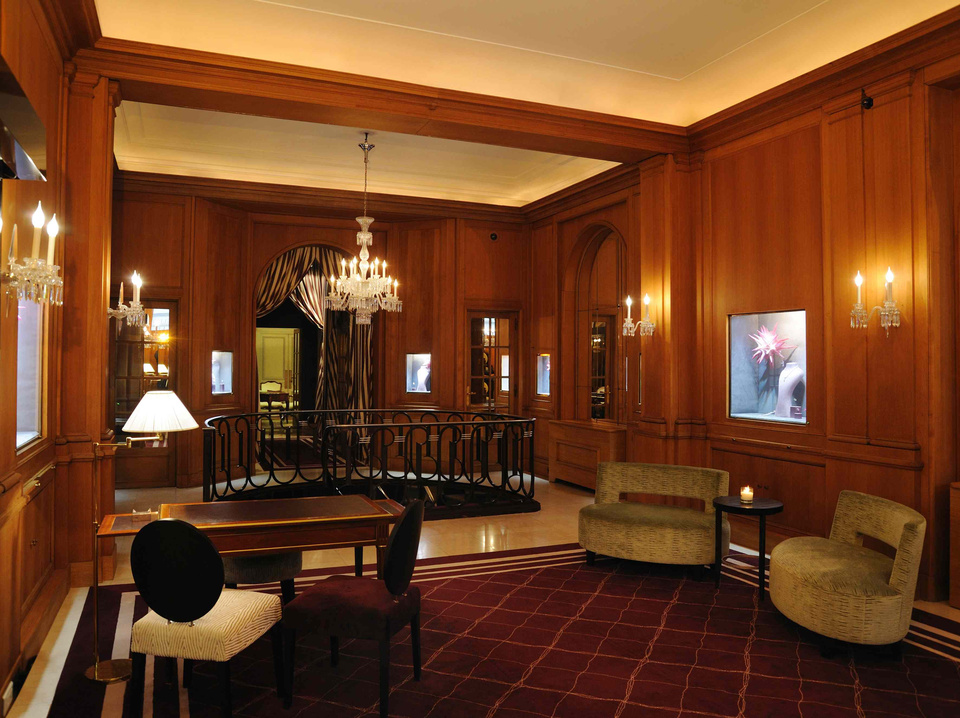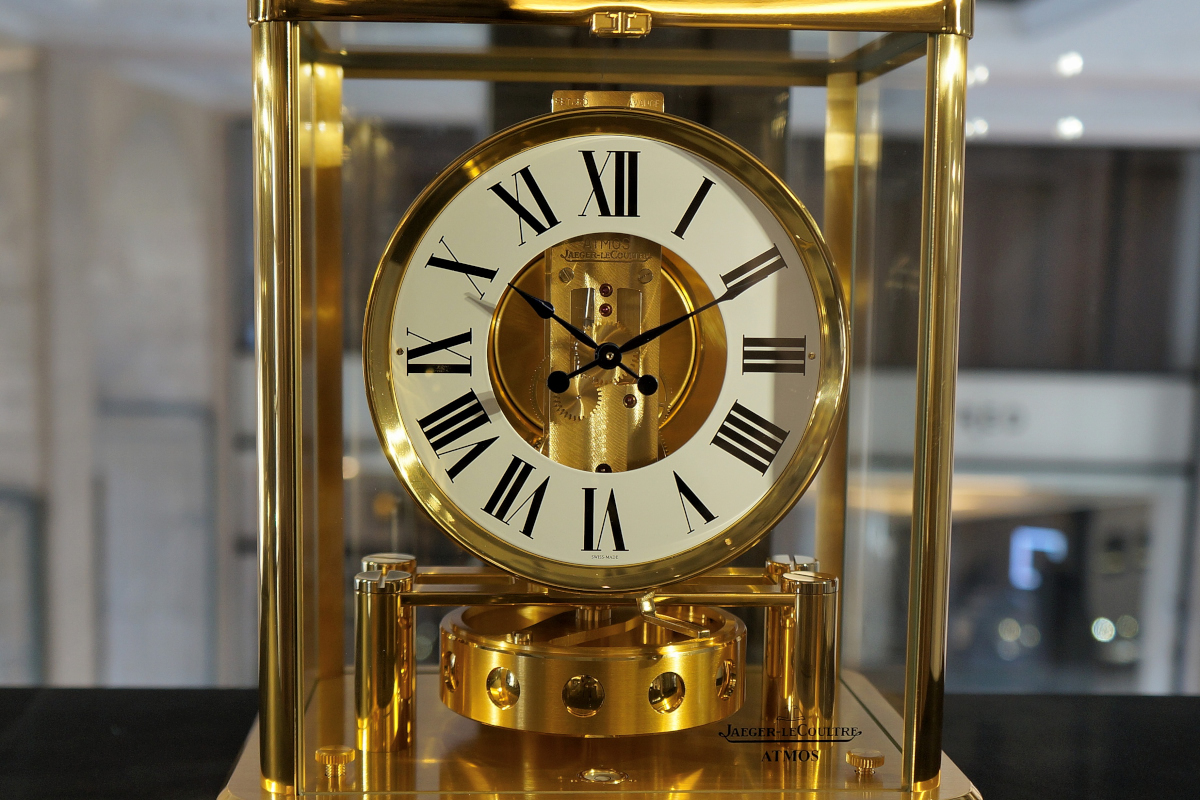L’École, School of Jewelry Arts presents a new exhibition in Paris, showcasing over three thousand years of goldsmithing work in China, through a selection of masterpieces from the Mengdiexuan Collection.
UPDATE 26 April, 2024 – now the ‘Gold and Treasures: 3000 Years of Chinese Ornaments’ exhibition is on view until 10 August, 2024 in Dubai, at the first permanent campus of ‘L’École Middle East’. See more here.
After the great ‘Engraved Gems – Cameos, intaglios & rings, the Guy Landrière Collection’ exhibition we visited this summer, L’École, School of Jewellery Arts is back with another exciting treat for jewellery aficionados. The pieces are part of the exceptional private Mengdiexuan Collection, focusing on Chinese art, and it is the first time to present it to the public in Europe. The showcase is curated by Valentina Bruccoleri, PhD in Chinese Art History (Sorbonne University) and Olivier Segura, Gemologist, and the Scientific Director at L’École, School of Jewelry Arts. The exhibition runs from December 1st 2022 to April 14th 2023.
The exhibition is organised around three main themes: the first part focuses on the material and the properties of gold. The second chapter introduces the savoir-faire of the exhibited objects (necklaces, bracelets, earrings, hairpins, brooches and belt buckles) crafted with assorted techniques: hammering, chasing, casting, granulation, gold wire and filigree, setting and inlay.
Finally, the exhibition highlights the power of symbols in Chinese art, which displays a rich and diverse iconography embodying happiness, longevity, rank, prosperity and, more generally, auspiciousness.
Mengdiexuan Collection
The exceptional collection is owned by third-generation collectors from Hong Kong, Betty Lo and Kenneth Chu – partners in life and in their passion for collecting. They have been gathering Chinese ornaments for more than thirty years, their selection of gold and silver antiques is well-known and widely admired around the world. (I highly recommend you to follow Betty Lo on Instagram, where she shares beautiful objects and interesting details about antique metal works of art.)
The collection is named Mengdiexuan, meaning ‘Butterfly Dream Studio’. The collectors prefer to use its Chinese name in transliteration rather than an English language translation of three Chinese characters: meng, die (pronounced ‘dié’) and xuan.
A very important approach in this collection is that one never truly ‘owns’ an object and that the object will, in ideal circumstances, long survive the collector, recognizing the cultural history embedded in the object and its importance for humanity. With the circa one hundred objects L’École, School of Jewellery Arts has an educational aim to share these objects from the Mengdiexuan Collection, their symbolism, and the applied goldsmithing techniques.
‘The pursuit of intellectual exchange through academic research and sharing of appreciation with scholars and art enthusiasts alike have always been part of our collecting philosophy.’ – Betty Lo and Kenneth Chu
Gold
Gold is a chemical element with the symbol Au (from the Latin word aurum) and it is a precious metal due to its rarity. Gold is a stable element that belongs to the group of transition metals, which also includes copper, nickel, iron, silver, and platinum.
According to the World Gold Council, around half of all the gold mined today is made into jewellery, which remains the single largest use for this metal. Pure gold is rarely used in jewellery for it is too soft and cannot withstand daily wear or gem-setting. The fine gold therefore is alloyed with other metals like silver, copper, nickel and palladium. The different gold alloys are also referred to as ‘gold’, but we can differentiate them by the associated ‘karat’. Karat is used to determine the purity of gold alloys and is not to be confused with the metric carat, which is the unit of mass of 0.2 grams used to measure gems, for example diamonds. Pure gold, or ‘24-karat gold’ (100% gold), serves as the basis for calculating gold alloys as a percentage: 22-karat gold is 91.6% gold; 18-karat gold, 75% gold; 14-karat gold, 58.5% gold; and 9-karat gold is 37.5% gold.
Throughout history, gold has been treasured for its natural beauty and radiance. In many cultures it represents different values and has been used as different symbols – like the symbol of the sun, divine enlightenment, purity, immortality, victory or wisdom. It also has a significant role in different folklore, mythology and fables of humankind – let it be the gold of the pharaohs, the stories of King Midas, the Golden Apples of Hesperides, gold as the sun’s ‘beads of sweat’ for the Incas or the ever mysterious tales of the alchemists.
Gold also used to be an exchange currency, gold coins were first struck on the order of King Croesus of Lydia (an ancient kingdom in modern-day Turkey), around 550 BC. Gold coins were a popular payment tool through centuries. In the 19th century many of the world’s major currencies were fixed to gold at a set price per ounce, as the gold standard. In the early 1930s the UK and US went off the gold standard and it is not used by any government anymore.
Gold and Treasures, 3000 years of Chinese ornaments
Originally China wasn’t a ‘gold culture’ but the metal was introduced to China by Eurasian Steppe people. Later it became one of the most noble materials and is symbolically associated with the elite. The exhibition invites us on a journey through three millennia, from the Shang dynasty in 1500 BCE up until the nineteenth-century Qing dynasty.
Many of the decorative objects are hair ornaments. It was very important for the Chinese court ladies to have complex hairstyles embellished with gold ornaments – headwear, hairpins, barrettes, and combs – each serving a specific purpose. Beside being decorative elements, these ornaments were destined to underline some features of a lady and the majestic hairstyles also communicated their rank. While the oldest examples date back to the Sui dynasty (581– 618), the heyday of elaborate decoration was during the Ming dynasty (1368–1644). The motifs were very diverse; the phoenix (the mythological bird associated with the empress), the dragon, flowers or clouds were very popular for example.
The art of the belt in ancient China was part of a symbolic system linked to imperial and military power that far exceeded the object’s practical function. These pieces were made with highly decorated gold plaques – depicting a dragon or other mythological creature – as well as plaques of jade or jade and gold that were embellished with gems and glass jewels. We can admire belt elements from the Tang (618–907), Liao (907–1125) or Ming dynasty (1368–1644).
Both the jewels and belt ornaments are very varied – portraying flowers and plants, animals like birds, tigers or insects; human figures (including horsemen, children, and deities) or even special symbols like a symbol of good fortune and celebration – the lantern, can be found on ancient Chinese ornaments.
As usual, L’École, School of Jewelry Arts completes the exhibition with other programs like online and in-person conversations with the curators of the exhibition. If you are interested in the topic in detail, you can find a discussion with Kenneth Chu, Chinese Art Collector and Co-owner of the Mengdiexuan Collection and Catherine Maudsley, Art historian, Art advisor and Curator here.
Source: press release. Photo credits: Mengdiexuan Collection Photo Picspark Co, Collection of L’ÉCOLE, School of Jewelry Arts
All registered trademarks are property of their respective owners.
All rights reserved.



















